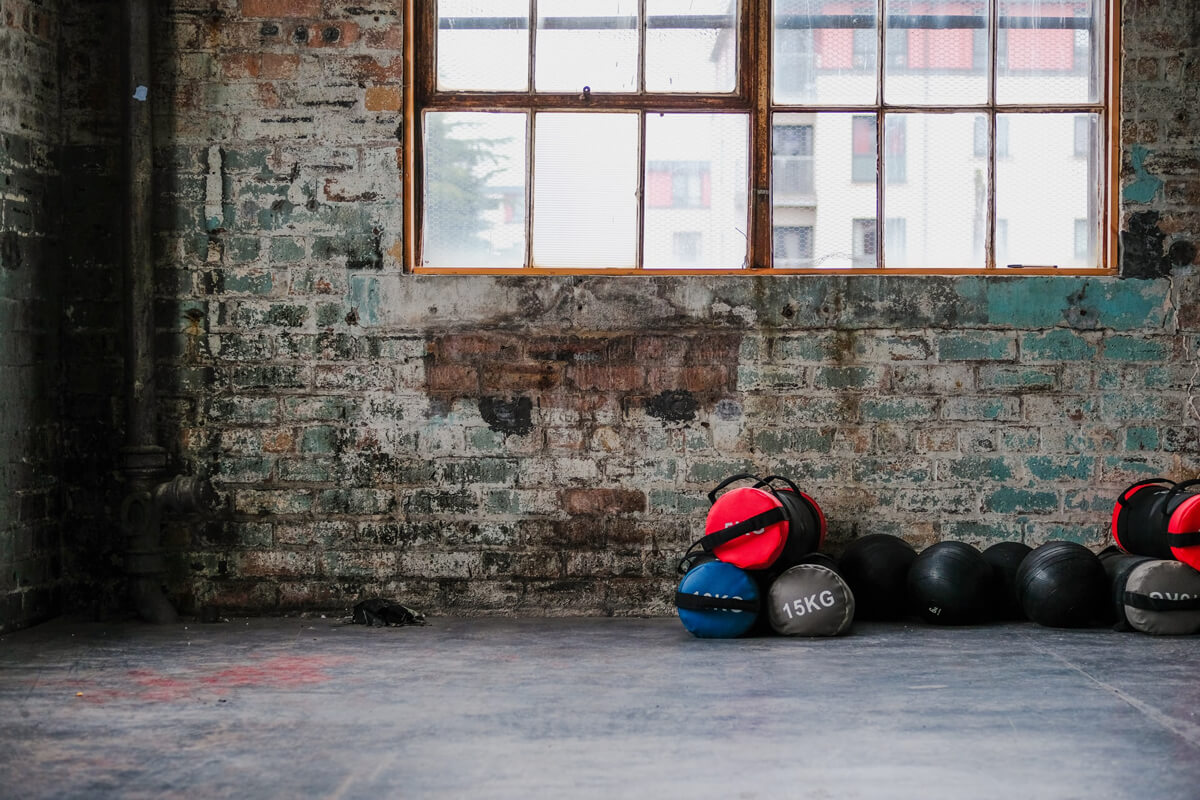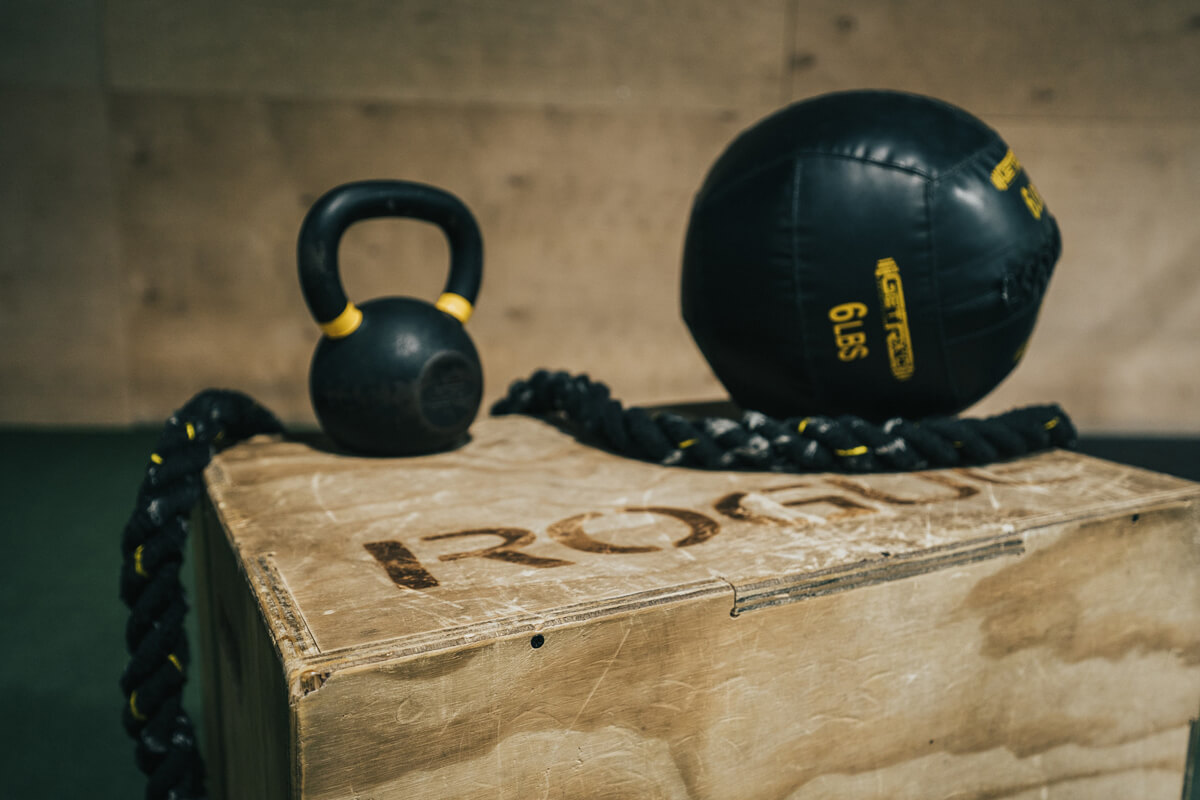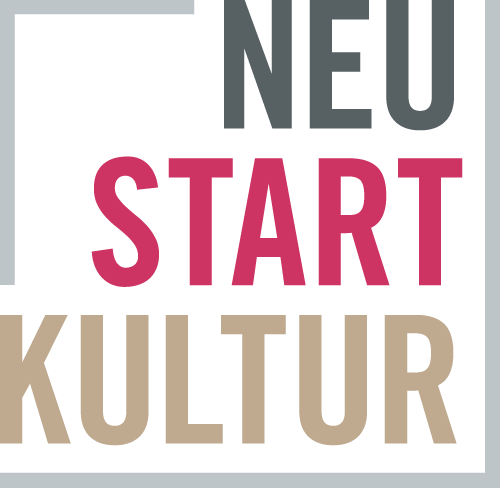DIS-TANZ DIARY #6
A PORTRAIT OF PATRICK RUMP & GJUUM
Feb 05, 2021 in DIS-TANZ-SOLO

I met Patrick Rump in 2018 after tearing my right calf muscle in the middle of a performance at Teatro Storchi in Modena. I was disheartened and frustrated with the ponderousness of the German health system and the indifference that I encountered at the emergency room and even at the sports department of the university hospital in Berlin. Patrick came across one of my posts on social media and right away contacted me with the offer to help. Boy, what a lucky encounter!
He instructed me on the specific information I needed to get from my doctors, he gave recommendations on what kind of treatments to look for and which ones to skip, he gave advice on how to get back moving, and soon after we started with rehabilitative strength training in the gym. So not even a week after I tore my muscle (and after I thought I would lose a whole bunch of jobs) I found myself back in GJUUM’s studio in Frankfurt and back with Emanuel Gat Dance and the Ensemble Modern working on a new creation. I can’t stress enough how lucky I was to have collaborators with such an enormous amount of trust in my capability to return in time for an important World Premiere at the Festival d’Avignon. I started following the creation process from the side of the studio, walking with crutches … but just a few weeks later I was back running and jumping with everyone else.
I can’t praise Patrick’s work enough. I really think that every professional dancer could benefit from his knowledge. So here’s a little interview to introduce Patrick and GJUUM to all of you:







